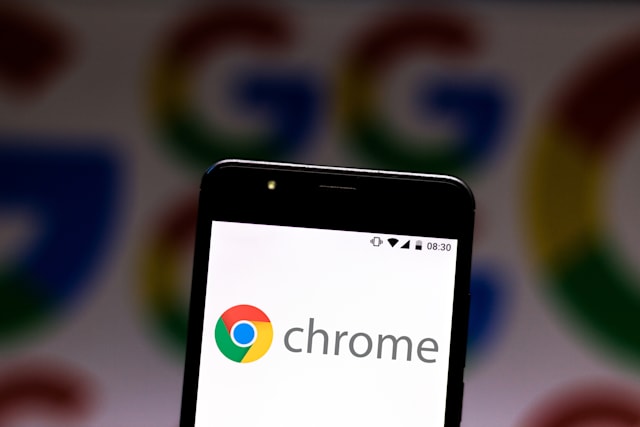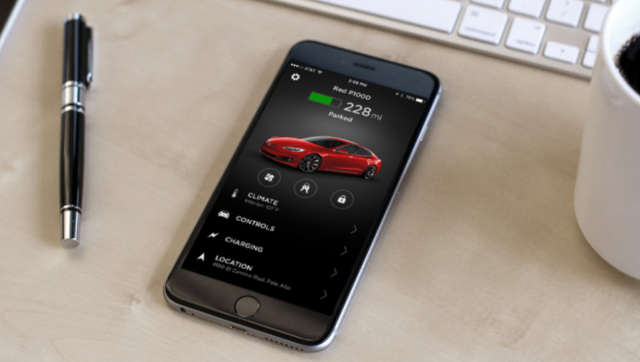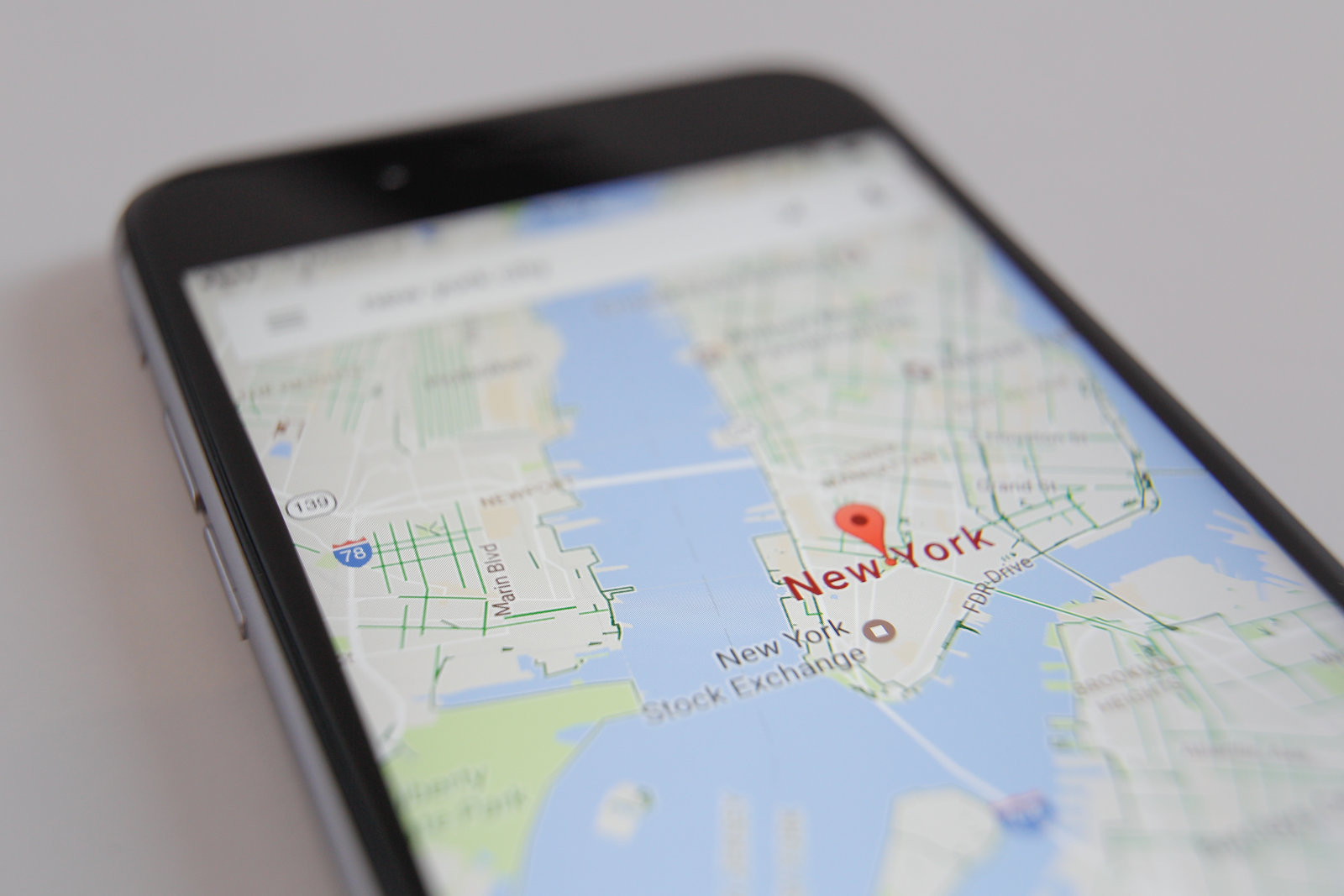
SOPA Images via Getty Images
Google has discovered that a small percentage of ads (0.3 percent) are using a disproportionate amount (27 percent) of the network data used by ads in Chrome. These resource-demanding ads can drain battery life,saturate already strained networks and cost money,Google wrote in a blog post. So beginning this summer,Google will cap the resources a display ad can use in Chrome in order to protect users’ batteries and data plans.
Chrome will set a threshold at 4MB of network data,15 seconds of CPU usage in any 30-second period or 60 seconds of total CPU usage. If an ad reaches its limit before a user interacts with it,the ad frame will navigate to an error page and inform the user that the ad has used too many resources.
Google plans to experiment with the feature over the next several months and to introduce it near the end of August. This should give ad creators and tool providers time to adapt.
Chrome is generally thought of as a more resource-intensive,battery-draining browser compared to its competitors,so while the change will only impact a small percentage of ads,it could provide some relief. Along with past improvements,like filtering disruptive ads and blocking all ads on consistently deceptive websites,this could make Chrome a little more appealing.












 加载中,请稍侯......
加载中,请稍侯......
Comments